Use cases
I initially identified four use cases.
- Truly portable - Run the fume extractor continuously for 8-10 hours with the built-in battery pack before re-charging.
- Wall outlet powered - Run the unit from either a USB power bank or a USB wall adapter.
- Detach the electronic unit, and use it to charge lithium cells - I create multiple uses of the core unit and do not waste unnecessary resources for only a single-use case.
- Use it as a power bank with the built-in microcontroller - Use the detached unit with a microcontroller in other Arduino projects to keep this from becoming scrap.
Project objective
This project will lead us to some new design ideas. Thus, don't expect me to choose the most straightforward solution or use some off-the-shelf ready-made modules. We aim to be semi-professional but still hope this will be an explorative and enjoyable hobby-built fume extractor.
 Debinix
Debinix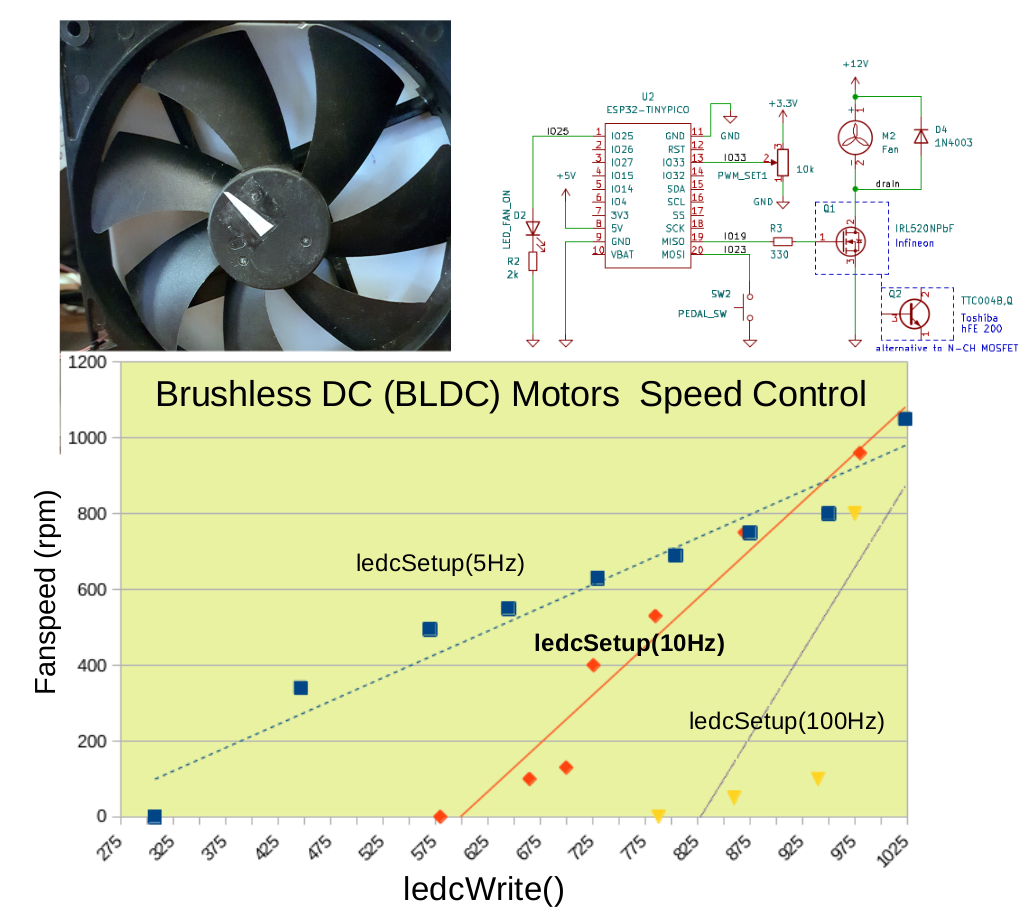
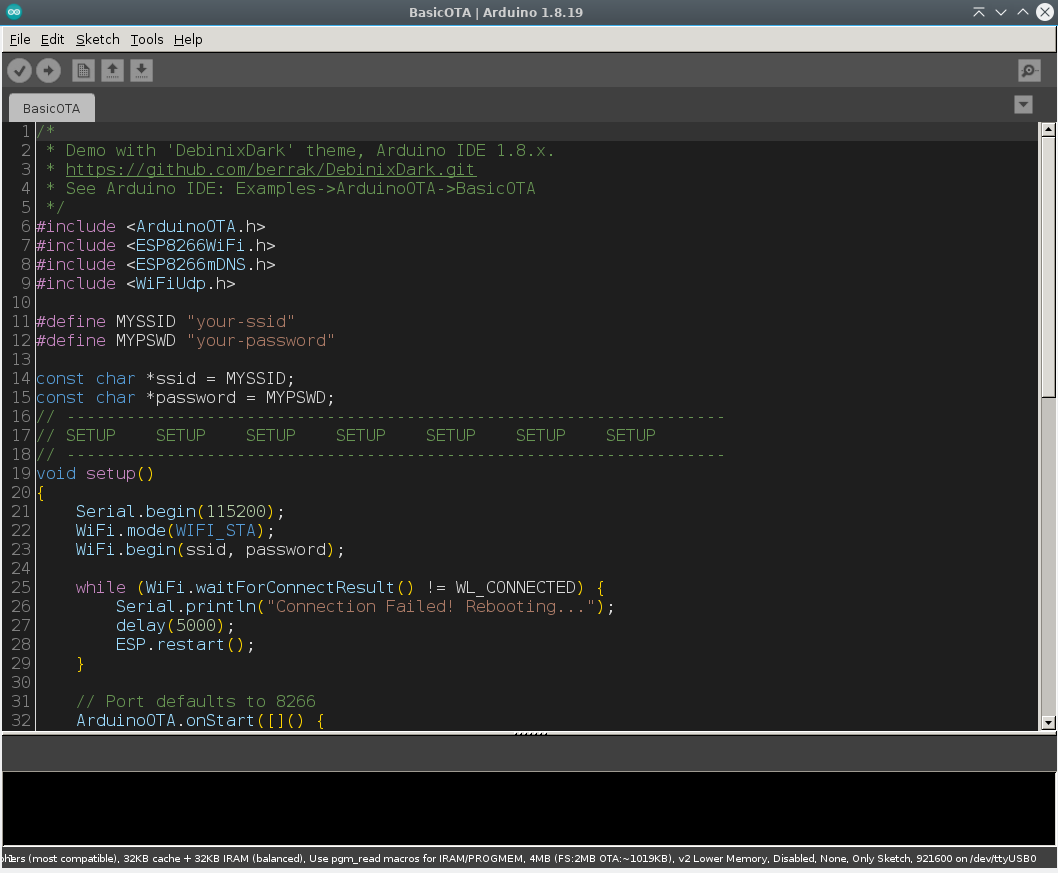

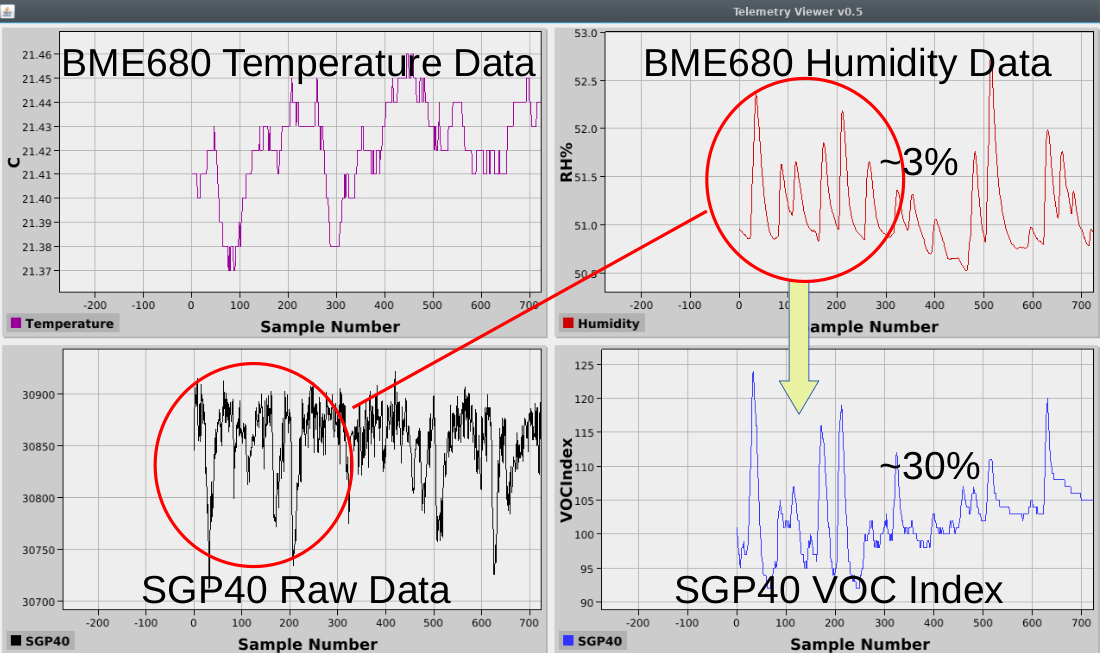
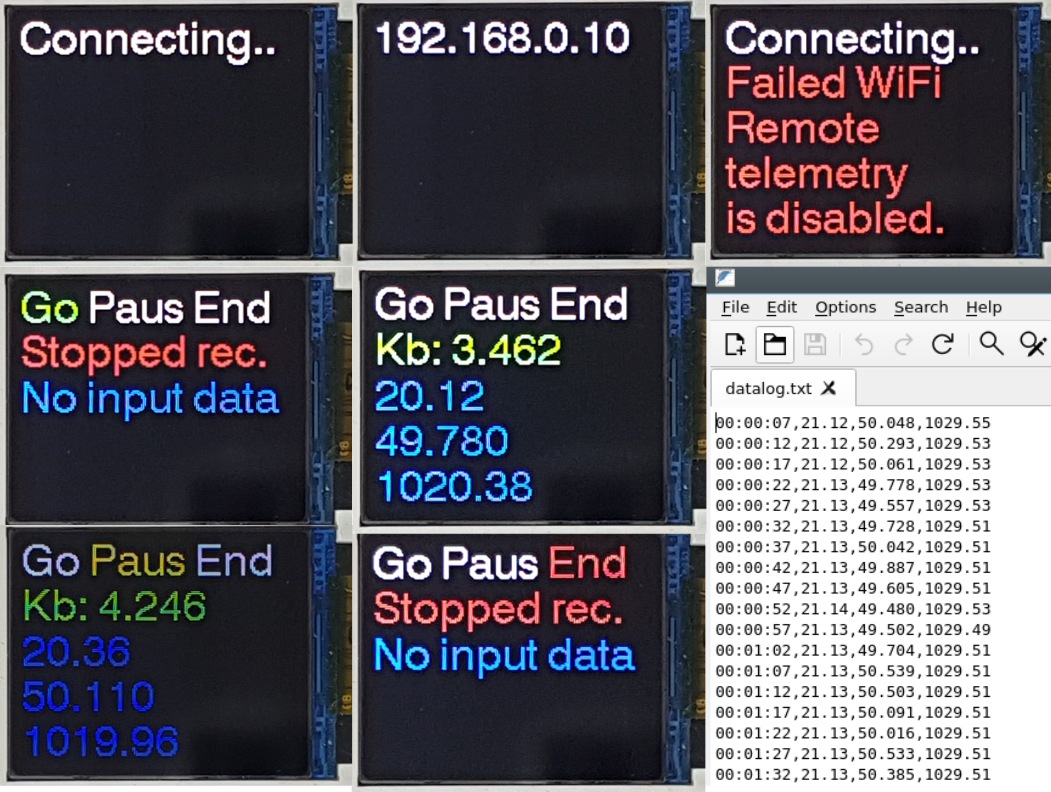
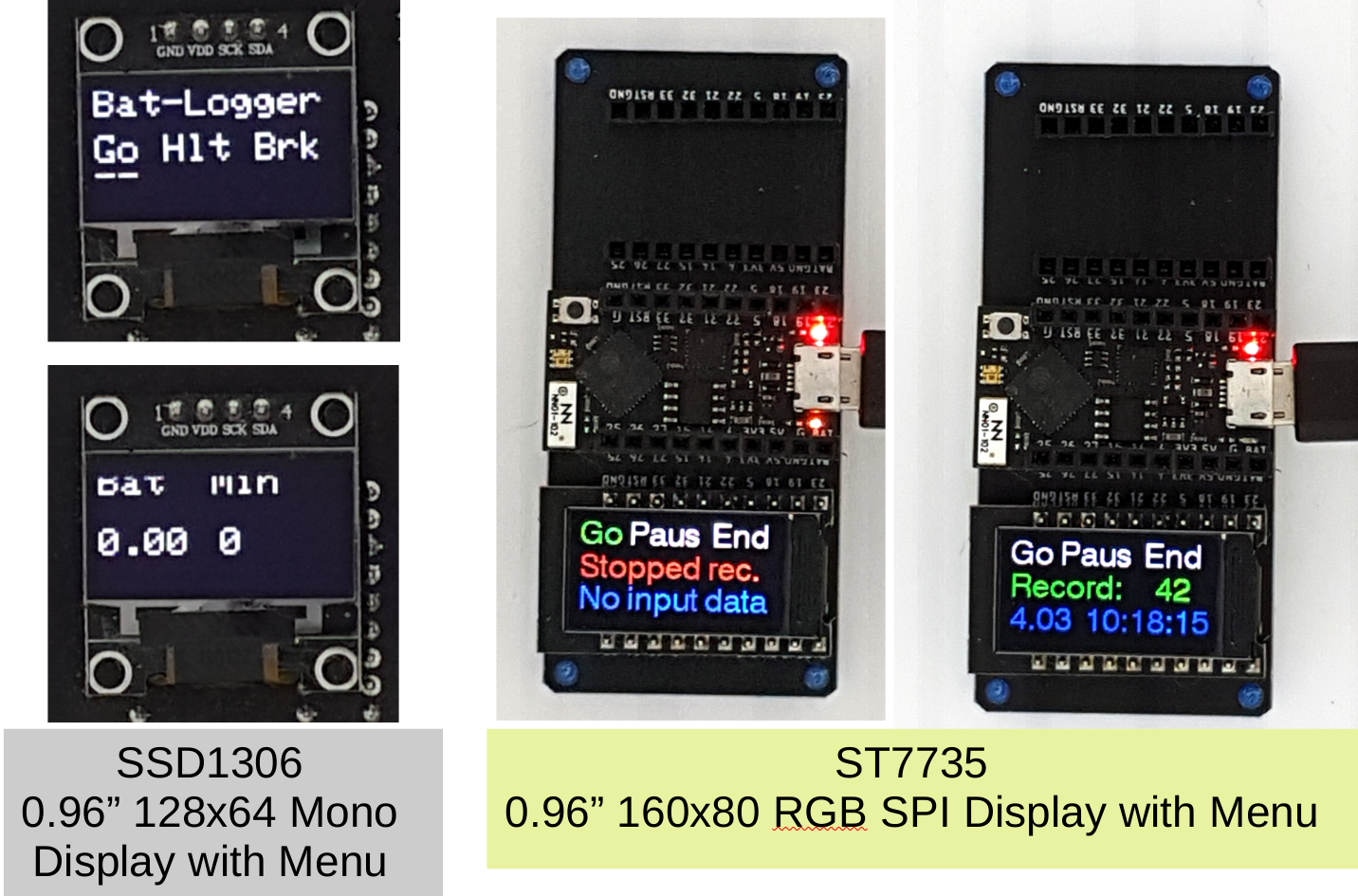



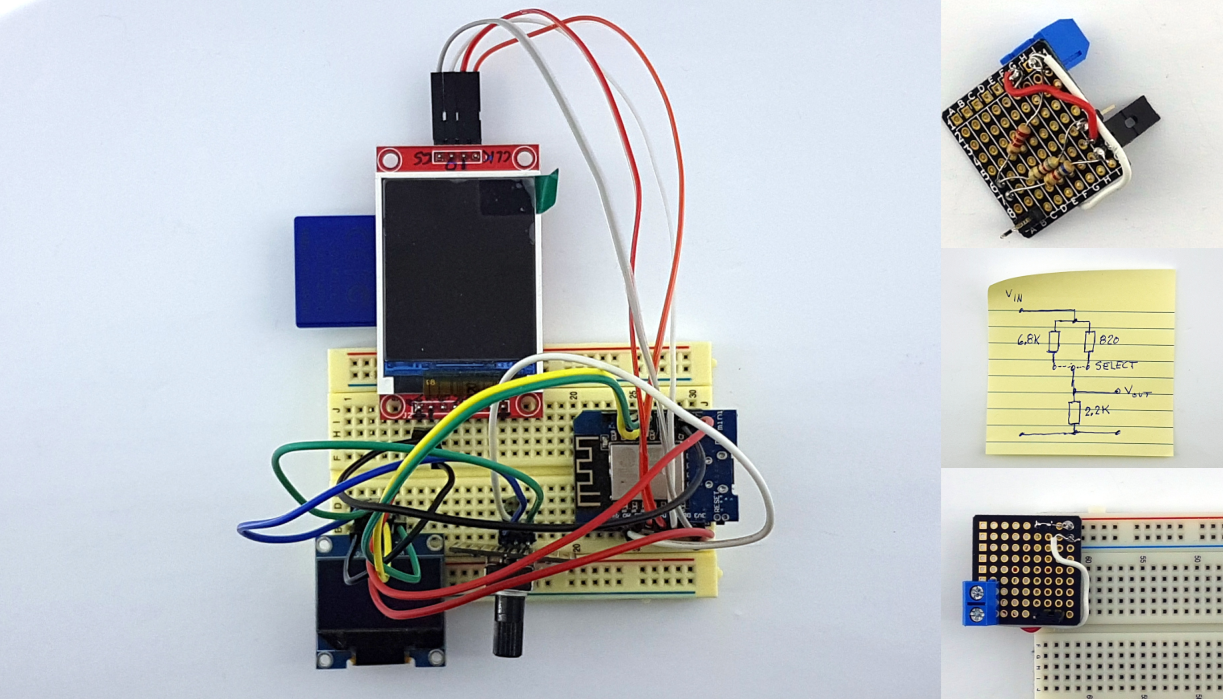

 dwuhls
dwuhls
 Darian Johnson
Darian Johnson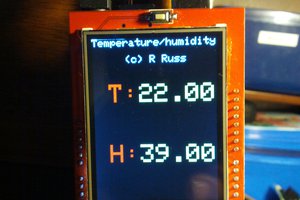
 Ted Russ
Ted Russ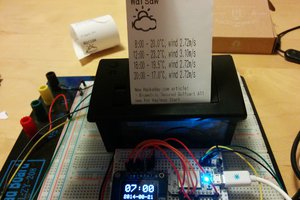
 Atheros
Atheros